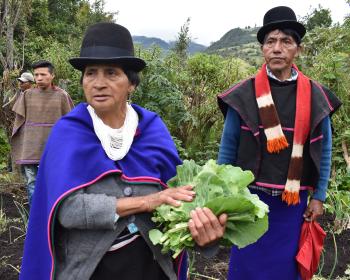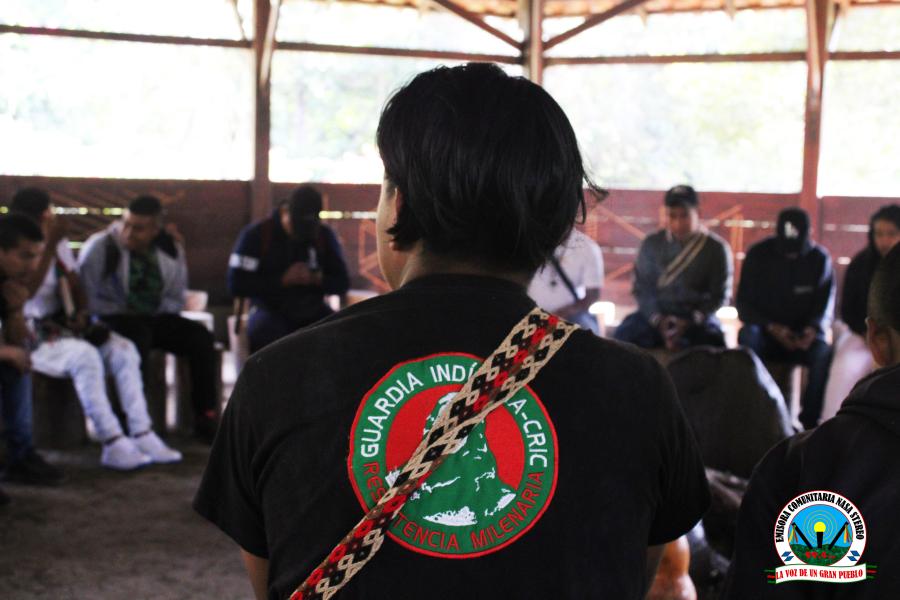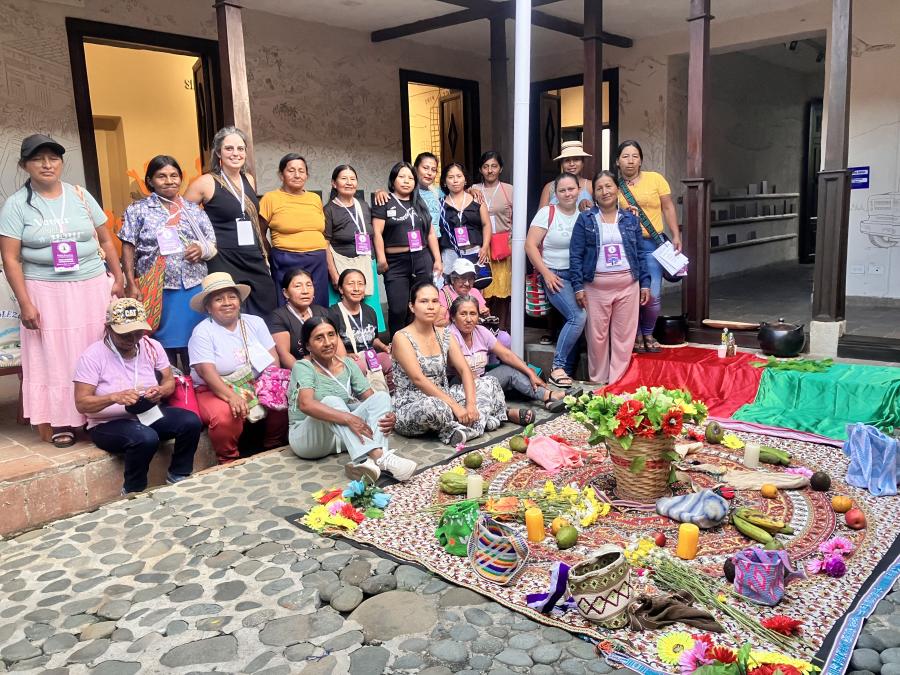The Sinu River flows down from the mountains of Colombia's northern Antioquia province. It descends through the plains of central Cordoba, passes through the city of Monteria, and spreads into a lowland swamp before emptying into the Caribbean.
The very course of the Sinu, and the lives of the people who depend on it, however, are about to change. A massive hydroelectric dam has been planned for Urrá, Cordoba. (The proposed dam is one of 12 hydroelectric projects initiated in the wake of the worldwide energy shock of the 1970s.) Project designs, feasibility studies, and environmental impact statements have recently been completed, and construction will soon begin.
In massive infrastructure projects such as this one, people who live in the area to be affected are generally excluded from the design and planning process. Not just in Colombia, but in most places, residents and local governmental planning institutions are often bypassed. Once the master plan is set in motion, however, a variety of regional institutions, no matter how unprepared, must deal with the problems that accompany or follow project implementation.
Fundación del Caribe is a small research organization based in the city of Monteria. To promote greater public discussion of the project and its likely consequences, the Fundación carried out its own feasibility study, researched and argued from the local point of view. The study team assembled available data on Cordoban health, agricultural production, and migration patterns and conducted extensive interviews and surveys in communities along the river. The Fundación's findings have been collected in an eight-chapter report that examines the possible effects of the dam on regional development, on Indian communities and colonists in the Sinu watershed, on the ecology of the river, and on peasant families who live near the swamps at the river's mouth.
According to the report, only four percent of the energy presently consumed in Cordoba is for industrial use, compared to a rate of 60 percent in neighboring Antioquia. The project has not, however, been designed to develop Cordoba's industrial base. The department will shoulder the bulk of the project's social and ecological costs, but the power generated by the dam will be drawn into the national grid and used to provide cheap energy to Bogotá, Medellin, and Baranguilla. Their report suggests that project revenues be directed toward industrial development in Cordoba.
The report then examines the situation of several indigenous groups who will have to be resettled when their lands at the headwaters of the river are flooded. The study warns that such resettlement programs should not be oversimplified: centuries-old antagonisms among these groups, for example, could make a joint resettlement scheme unworkable. Further homelands currently being considered for these groups may be ecologically inconsistent with their culture, cosmology, and lifestyles. Those groups have also been reluctant to move to new sites because guerrilla activity in the region has created an atmosphere of fear and instability.
Projected road construction in the dam's watershed may bring tremendous additional colonization, the report continues. This combination could threaten the forests of the watershed as well as the stability of indigenous resettlement areas. Accordingly, the Fundación proposes measures for the relocation of Indians and colonists and recommends that nearby communities be prepared for a heavy influx of new residents. Population displacement from the immediate dam site may be particularly significant. Although the creation of infrastructure in the remote areas above the dam will attract new settlers, the study nevertheless points out that many people will also move to various Cordoban cities, making it crucial to upgrade municipal water and sewerage systems.
The Sinu is Cordoba's principal source of drinking water and water for agricultural irrigation, and alternatives, especially in the central plains region, are scarce. Fundación's researchers argue that an increased concentration of biomass - the likely result of decomposition in the lakes behind two reservoirs planned for the Urrá Dam - could threaten the supply of potable water and the public's health. As the water's mineral content, acidity, and oxygen level are altered, the project could dramatically affect species of aquatic plants and animals. Large concentrations of slow-moving water increase the threat of malaria from mosquitos, the report notes, and organic decomposition creates a rich environment for aquatic parasites, the principal disease-producing organisms for households that get their drinking water from the river.
The researchers also warn that reduction and redirection of the river's flow may decrease the water available for both agriculture and for home consumption. They argue that it will be impossible to achieve the hectares of recuperated lands projected by the feasibility studies unless appropriate irrigation systems are constructed to capture and channel the flow. Indeed, they believe the interruption of the river's annual cycle of flooding will reduce the fertility of many hectares of currently used land. The swamp areas along the coast, for example, are already endangered. If the annual cleansing of their salt deposits ceases, the accumulation of residual salts may irreparably damage the soil.
The peasant families who have lived for many years in the area near the mouth of the Sinu will be affected in other ways. They presently fish in the large swamps formed during the rainy season and farm the banks as the water recedes. When the dam is completed, the river's flow will be regulated, and the marshes will diminish. Traditional conflicts may be exacerbated between peasant cultivators and the large landowners who seek to expand their holdings by expelling small farmers from the area. For this reason, Fundación's researchers recommend that Cordoba's agrarian reform agency act swiftly to clarify land ownership (especially over state lands) and to give campesinos title to some of the newly opened territory. Such definitive action, they believe, will diminish the potential for both conflict and massive emigration.
The Fundación carried out this study in order to enhance local awareness of a particular issue. Admittedly, it examined the implications of the proposed dam primarily from the "special interest" point of view of those who will have to live in its shadow. These findings are now being widely disseminated to the public and to Colombian decision makers. The Fundación del Caribe stresses that it does not oppose large-scale infrastructure projects such as the Urrá Dam. The group argues, however, that its research and similar studies conducted elsewhere throw new light on several key elements of the project as currently designed. Whether or not its recommended improvements are eventually adopted, the Fundación believes that its work, at a minimum, will have contributed to a wider and a better informed public debate.
Article copyright Cultural Survival, Inc.



